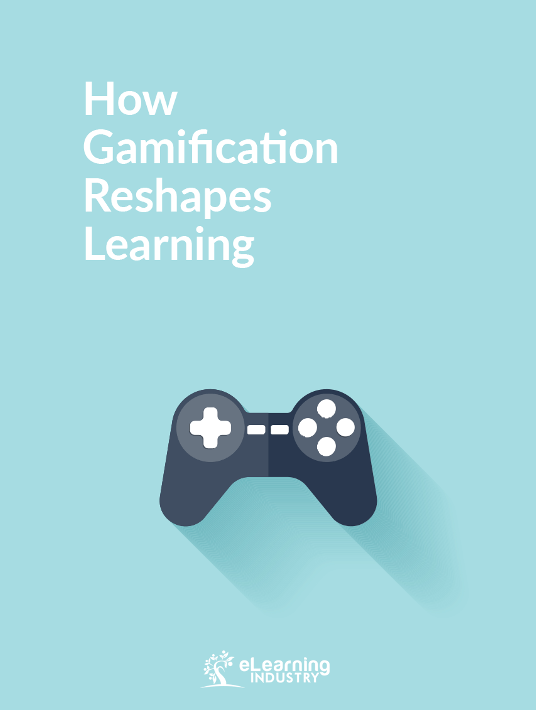When I watch my young children exploring the world, they literally kill themselves out of curiosity, if my wife and me weren’t keeping them from getting seriously hurt. Nothing is safe from our three boys, as they touch, explore, and play with things. And have fun. But when they will become teenagers, they will just hang in the classroom like rotten meat. If we destroy their natural curiosity, they will become totally unengaged and cynical. Nothing would seem to engage them anymore, except videogames. Here they can spend hours playing, engaging, and learning; but not in the traditional way. When do you remember reading a manual teaching you how to play Angry Birds or Candy Crush?
Play is important for learning. According to a report on educational games presented by Don Menn at the 2006 Summit of the Federation of American Scientists, students recall just 10% of what they read and 20% of what they hear. If there are visuals accompanying an oral presentation, the number rises to 30%, and if they observe someone carrying out an action while explaining it, 50%. But students remember 90% "if they do the job themselves, even if only as a simulation".
So why do we still design our educational systems in a way that actually kills curiosity and doesn’t emphasize on immersive experiences? Such a traditional design wastes a tremendous amount of human potential and it’s time we upgrade our 19th century education system to the 21st. For that we have to overcome prejudices (we have serious work to do and no time for fun), and accept that teachers and teaching need to change.
Good teachers knew that all along, and the lessons that Mary Poppins taught us are more than just fiction. Keep the play in learning, and avoid killing curiosity.



